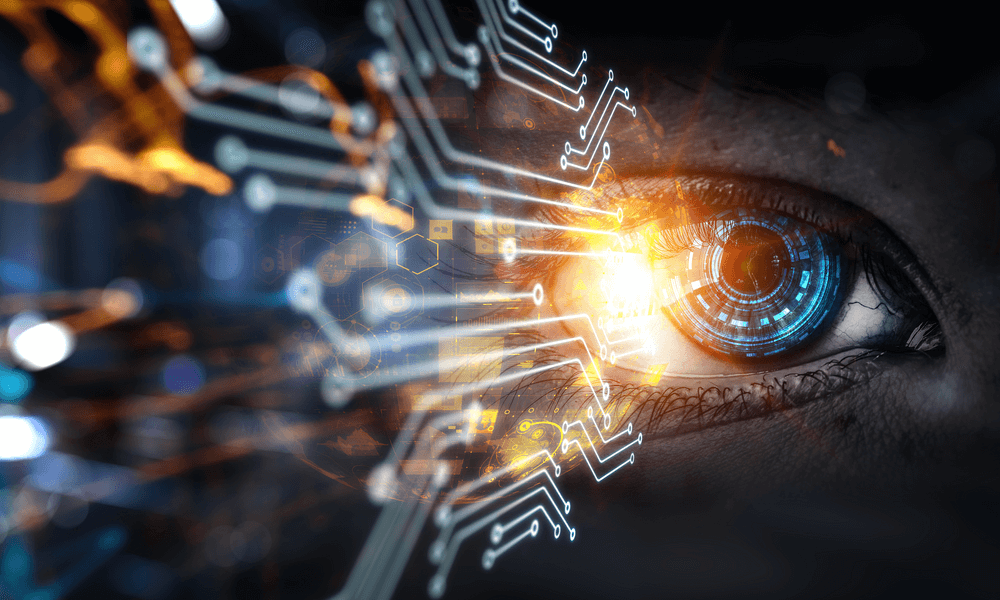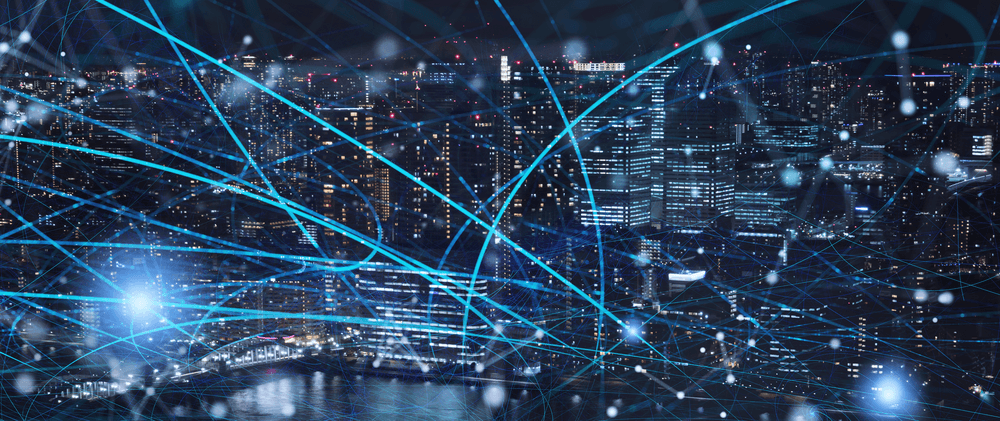What Exactly Is a Vision System?
A vision system, also known as machine vision, is a type of technology that uses images to generate data and analysis that can be used to provide guidance for operators and even to make independent decisions.
Vision systems use automation to first generate an image and then extract the necessary information from that image. While a well-trained human being can manually examine a line of items to spot any defects or absences, a well-trained vision system can utilize additional tools like infrared and filters to perform this process much more quickly and efficiently and with significantly less errors.
In high-stakes manufacturing scenarios like catching flaws in foods before they reach consumers, an intelligent and well-calibrated vision system is the only real solution.


